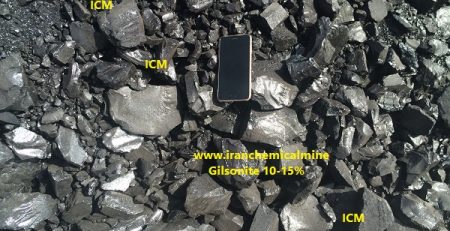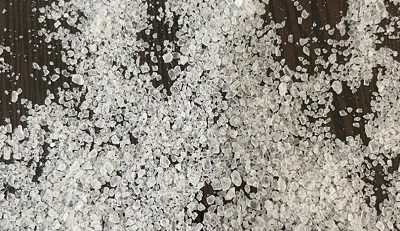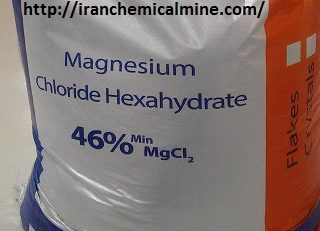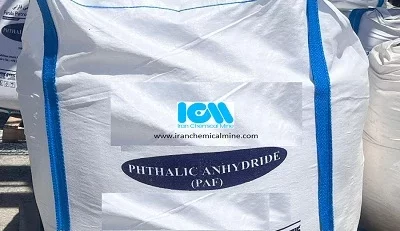Limestone Application
Limestone application is very wide due to compatibility in some industries. Limestone, one of the most abundant carbonate sedimentary minerals, is used in many industries and constructions. This mineral is composed of the main components calcite and aragonite and comprises about 10% of the sedimentary rocks of the Earth’s crust. Limestones are usually made from fossils of living organisms such as corals and contain other minerals such as silica and clay that are added to it by rivers.
This rock is usually not completely pure due to its high affinity for metals such as iron and magnesium. In nature, limestone is found in various forms including crystals, granules, lumps and in some cases as minerals such as travertine, dolomite, quartz and barite. Travertine, one of the popular types of limestone, is usually formed in groundwater aquifers and is considered in construction due to its beauty and durability.
In addition to its widespread presence in nature, limestone application in various industries, including cement manufacturing, lime kilning, glass and ceramic production. Its characteristics, such as strength, abundance, and easy processing, have made it a popular choice in the industry.
Types of Limestone
Limestone is usually classified based on its mineral composition, texture, and formation process. These characteristics include purity, calcium carbonate content, minor materials, grain size and shape, and depositional and formation methods. Different types of limestone are formed due to different geological conditions and depositional environments. Below is a complete review of the different types of limestone:
- Calcite
- Dolomite
- Chalk
- Travertine
- Coralline
- Bioclastic
- Oolitic
- Micrite
- Crystalline or calcareous marble
- Fossil
Limestone Application in industries
Cement and Concrete Production:
Limestone is the main ingredient in cement production. It is baked in cement kilns and, along with other materials such as clay and silica, becomes clinker, which is the main ingredient in cement production. Cement is then combined with sand and aggregate to form concrete.
limestone application in Facade and Construction:
This stone is one of the most widely used stones for use as facade stone in buildings. Due to its beautiful natural colors, diverse texture, and easy cutting and shaping, this stone is widely used in the exterior of buildings and interior decoration. Its important features include relative resistance to atmospheric conditions, controlled moisture absorption, and reasonable price. For use as facade stone, it is essential to select quality travertine and properly process it to increase strength and reduce porosity.
Lime stone application in Steel making Industry:
In the steel making industry, limestone application as a fluxing agent to help remove impurities from iron ore. This substance binds to undesirable compounds in iron ore and forms a slag that can be separated from the metal.
Water purification and pH control:
Lime stone application to reduce acidity and control the pH of water in water treatment plants. This property is due to the alkaline property of calcium carbonate, which neutralizes acids.
Agricultural soil amendment:
Limestone application as a corrective material in agriculture to increase the pH of acidic soils. This process improves the absorption of nutrients by plants and their better growth.
Production of quicklime and hydrated lime:
By heating the stone, quicklime is produced, which is used in various industries such as construction and chemical production. By adding water to quicklime, hydrated lime is obtained, which is used in the manufacture of mortar and plaster












Leave a Reply